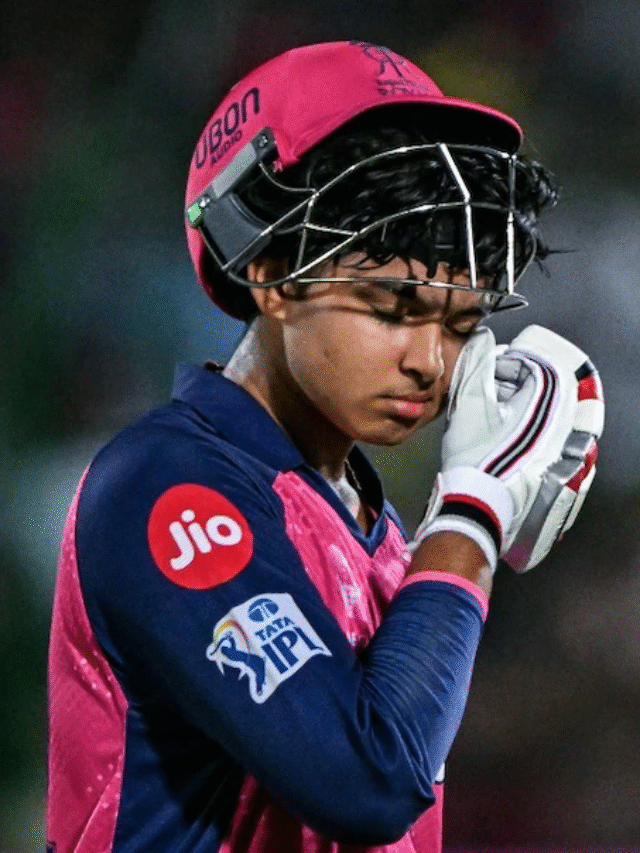The survey covered a wide demographic of working professionals across sectors. It found that over 55% of respondents expect monthly pensions exceeding ₹1 lakh, yet only 11% feel confident that their current investments will meet these expectations.
“There is a significant gap between the desired pension and the perceived adequacy of current retirement savings,” the report warned, pointing to a potential crisis in India’s retirement planning.
A striking trend among younger respondents—particularly those under 25—is a preference for early retirement.
About 43% of this group aims to retire between 45 and 55.
However, these early retirement goals contrast with low savings habits. Nearly 75% of respondents contribute only 1–15% of their income towards pension plans, which is insufficient for a sustainable retirement corpus.
High aspirations, low awareness
While 56% of respondents earn more than ₹20 lakh annually, most still contribute cautiously. Surprisingly, 30% of high-income earners expect pensions above ₹2 lakh per month, despite many investing conservatively.
Adding to the challenge is the lack of awareness. Half of the respondents were unaware of the Atal Pension Yojana (APY), and 30% didn’t understand how their pension amounts are calculated.
“Many individuals are not confident that their retirement plans will provide the necessary funds, indicating a need for greater financial literacy,” the report noted.
EPF popular, but not enough
The survey found that the majority still depend on traditional pension instruments: 35% rely on the Employees’ Provident Fund (EPF), followed by gratuity and the National Pension System (NPS). However, 99% felt gratuity alone was insufficient, and only 32% were satisfied with NPS performance.
Despite the popularity of EPF, only 46% expressed satisfaction with its performance, while the rest were either neutral or dissatisfied. Public Provident Fund (PPF) also saw low enthusiasm, with 60% of users feeling neutral about its returns.
Annuities still overlooked
A glaring gap is the lack of annuity investments—76% of respondents haven’t invested in private annuity plans, despite their value in providing stable post-retirement income.
When it comes to preferences, government-backed plans remain the top choice, preferred by 39% of the participants. However, younger investors (under 25) showed higher interest in high-risk, high-reward pension plans.
Policy implications
Grant Thornton Bharat called for urgent reforms in the NPS, increased awareness campaigns, and broader access to guaranteed pension products.
The report also recommended enhancing financial education to bridge the gap between expectations and preparedness.
“A shift in retirement culture is underway, but India’s pension ecosystem needs to evolve rapidly to support it,” said Vivek Ramji Iyer, Partner and Financial Services Risk Leader, Grant Thornton Bharat.






